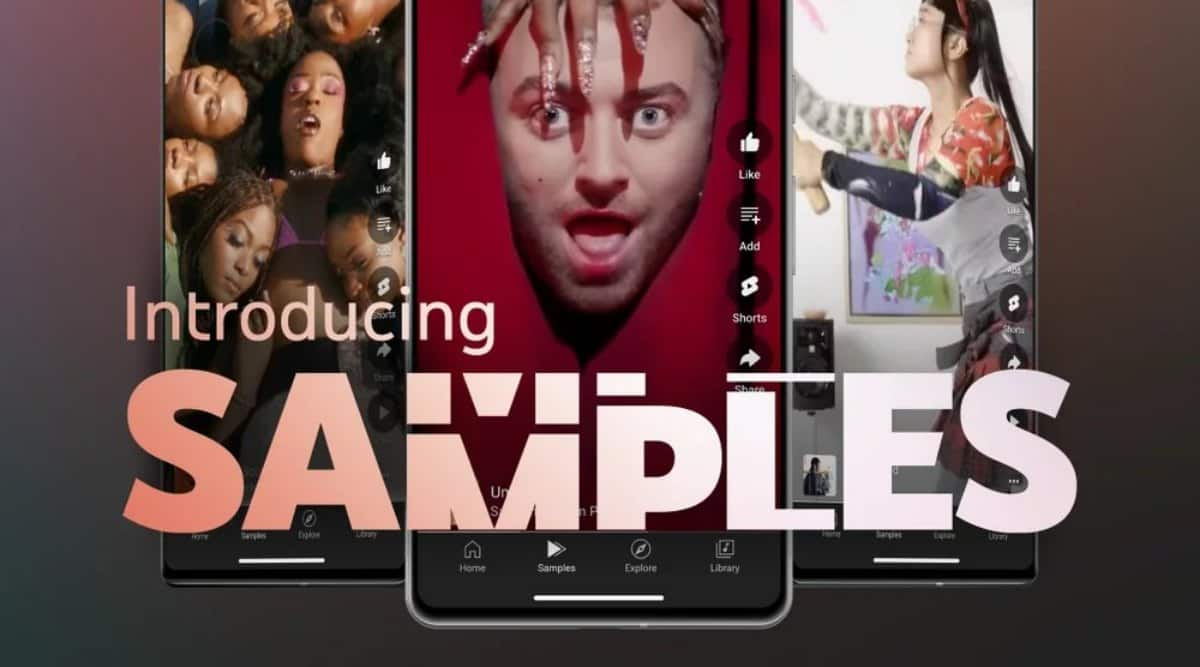
Stop us if you've heard this one before: a social media site has introduced a scrolling feed of vertical videos. TikTok popularised it, Spotify borrowed it and this time the scrolling feed is in the YouTube Music app and the feed is called Samples. It's designed to be a one-stop place to find new favourite music, it looks a bit like YouTube Shorts, and here's a video to show it in action.
According to YouTube, "Powered by the world’s largest catalog of music videos, this personalized feed will explore the depths and breadth of the YouTube Music library so that there’s always something new to listen to, whether it’s the latest release from an up-and-coming artist or a deep cut from a legacy artist we just think you’d really like."
It looks very familiar, of course, but that's not a bad thing; it means it works just like you'd expect it to and there's no learning curve or weird interface stuff to decode. It's fast, it's easy to add tracks to your library or share them with others and it's something that's likely to appear in rival music apps too: Spotify introduced something very similar back in March.
How does Samples on YouTube Music work?
What that means in practice is that if you tap on the Samples icon in the YouTube Music app you'll see a vertical video that the algorithm reckons you'll like. If you like it you can tap to add it to your collection, share it via messaging or social media, or use it to start a radio station. And if you don't you can simply swipe to the next one. Each clip is 30 seconds long, which is generally long enough to be interesting without overstaying its welcome.
According to YouTube, the algorithm here is slightly different from the one that powers the Discover or Supermix playlists: speaking to Engadget, product manager Gregor Dodson explained the goal is to try and get a mix of the two playlists, so it'll show you artists you haven't heard before as well as ones you might already know.
The rollout has already begun, and it's going to be available globally to YouTube music users on both iOS and Android. As ever with rollouts it might not turn up in your app straight away, but it's definitely heading there imminently.







